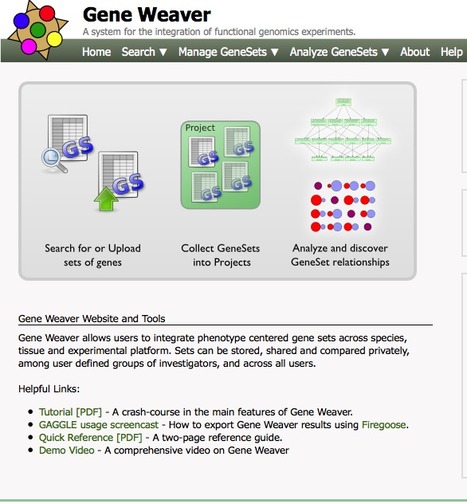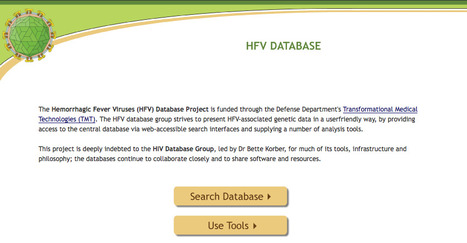Integrative and conjugative elements (ICEs) are a diverse group of mobile genetic elements found in both Gram-positive and Gram-negative bacteria. ICEs are self-transmissible elements that encode a full complement of machinery for conjugation as well as intricate regulatory systems to control excision from the chromosome and onward conjugative transfer [Wozniak and Waldor, 2010; Burrus,2004]. These multi-talented entities can promote their own mobilization and potentially that of other 'hitch-hiking' genetic elements and thus contribute to horizontal transfer of virulence determinants, antibiotic-resistance genes and other bacterial traits [Hastings. et al., 2004].
ICEs are being identified in increasing numbers as sequenced genome databases expand exponentially [Wozniak, et al., 2010; Ryan, et al., 2009; te Poele, et al., 2008; Burrus et al., 2002]. At present only a few have been classified into ICE families, amongst the best characterized of which is the SXT/R391 family of Vibrio cholerae, like SXT of Vibrio choleraeO139 MO10. In addition, several elements discovered more than a decade ago which had previously been classified as plasmids or conjugative transposons, such as pSAM2 and Tn916 , have now been defined as ICEs. ICEs typically exhibit a number of features that are of interest to researchers in the fields of prokaryotic evolution, pathogenesis, biotechnology and metabolism. These include high levels of functional diversity, foreign and frequently patchwork origins and sparse experimental data on these entities.
We are collating available experimental and bioinformatics analyses data and literature about known and putative ICEs in bacteria as a PostgreSQL-based database called ICEberg. As its name implies we expect that ICEberg will continue to grow from its currently visible tiny 'tip' representing presently known ICEs to a very substantial database as more and more of these entities are revealed.

|
Scooped by Dr. Stefan Gruenwald |
No comment yet.
Sign up to comment



 Your new post is loading...
Your new post is loading...





























